 [While preparing the recent posting of my 1971 New York Times“Manifesto for Photography Education,” I came across the text of my 2011 keynote address to the 43rd Annual Conference of the International Visual Literacy Association (IVLA), hosted by The Richard Stockton College of New Jersey and held at Seaview, in Galloway, New Jersey, delivered on October 1, 2011.
[While preparing the recent posting of my 1971 New York Times“Manifesto for Photography Education,” I came across the text of my 2011 keynote address to the 43rd Annual Conference of the International Visual Literacy Association (IVLA), hosted by The Richard Stockton College of New Jersey and held at Seaview, in Galloway, New Jersey, delivered on October 1, 2011.
Because it expands on and reconsiders that 1971 position paper, I thought it should appear here as a follow-up. It incorporates passages from the earlier text, but goes well beyond it, as you’ll see.
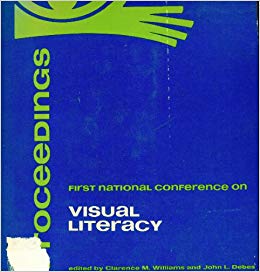 The term “visual literacy” entered the lexicon in 1969, when John Debes (pronounced debs) published his book with that title. Debes, coordinator of visual learning at Eastman Kodak in Rochester, NY, also co-founded the IVLA that same year (with Clarence Williams of the University of Rochester). So there’s a certain symmetry in my addressing that organization 40 years after broaching this subject in relation to photo education.
The term “visual literacy” entered the lexicon in 1969, when John Debes (pronounced debs) published his book with that title. Debes, coordinator of visual learning at Eastman Kodak in Rochester, NY, also co-founded the IVLA that same year (with Clarence Williams of the University of Rochester). So there’s a certain symmetry in my addressing that organization 40 years after broaching this subject in relation to photo education.
Part 3 appears below. Click here for Part 1, and here for Part 2. — A.D.C.]
•
K-12 Photo Education and Visual Literacy: Some Backstory (3)
… Today, as in 1971, I consider photography literacy a core skill, from an educational standpoint. I believe that, in a world where lens-based images pervade almost all nations and cultures, photography literacy underpins both visual literacy and media literacy — indeed, that both of those disciplines achieve nothing deeply meaningful unless they imbue their students with that skill set. Photography literacy is as necessary to full citizenly participation in the 21st-century global environment as is word-based literacy, the ability to read and write.
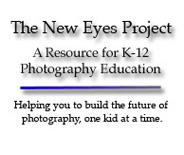 And photography literacy does not simply mean the ability to look at a photograph and verbalize or write down the names of whatever the photographer has elected to show that the viewer can identify, nor the ability to imagine any old story and impose it on a photographic work, nor even the ability to follow a multi-image visual storyline like a pig after truffles.
And photography literacy does not simply mean the ability to look at a photograph and verbalize or write down the names of whatever the photographer has elected to show that the viewer can identify, nor the ability to imagine any old story and impose it on a photographic work, nor even the ability to follow a multi-image visual storyline like a pig after truffles.
It involves the ability to hear the voice and tone and motive (not to mention motif) of a photographic work, to distinguish reportage from fiction and fiction from lying, to identify and understand the function of framing, selective depth of field, foreground/background relationships, to recognize the effects of different lenses, apertures, shutter speeds — to understand and assess the sum of all those decisions, deliberated and intuitive, that transform the raw contents of a given photographic image or image sequence into its content, and that thereby constitute the distinction between what an image is of and what it’s about. And then to argue with said photographic work as if one took seriously the late Richard Avedon’s proposition that “The moment an emotion or fact is transformed into a photograph it is no longer a fact but an opinion.”
•
In my opinion, with which you’re welcome to argue, it’s easier to teach these matters using images that have no direct personal connection to the students, because those images don’t come loaded with the personal baggage that embeds itself automatically in the images and texts they produce themselves, so students feel no protective impulse to defend or justify them. Even for an adult, as I can testify from long experience, achieving critical distance from one’s own photographs, essays, poems, and other creations constitutes a challenge. It’s not something I’d expect to come readily from a child. Critical thinking — a capacity I assume we here consider vital — requires critical distance as its premise. If we can help young people to build a critical relationship to news photographs, celebrity photographs, documentary photographs, vernacular photographs, they’ll evolve a critical response to their own work in due time. And they’ll recognize the strategies of suasion commonly employed in public communication via the photographic image.
I consider that no less “empowering” than getting the young to generate their own images. Teaching people how to make informed, discriminating decisions when they follow political campaigns and enter the voting booth isn’t less “empowering” than teaching them how to run for office themselves. These are different arenas of empowerment, different skill sets. As members of the electorate, we need a certain kind of political savvy every day; campaign know-how becomes essential when we decide to throw our own hats into the ring.
Teaching young people how to interpret photographs isn’t much different in kind from teaching kids about first- and second- and third-person narrators, expository passages versus dialogue, journalism versus poetry, as we do with textual material. Or point of view, close-ups versus establishing shots versus tracking shots, flashbacks, and such, when we help them grasp the rudiments of filmic communication. Children come to understand these devices early on as readers, and as viewers of movies and TV shows; no reason to think they can’t get a handle on the basic language of the still photograph.
And it is a language, not in the vaporous metaphoric sense but literally, a true language with its syntax and grammar and vocabulary and tropes. Those same structural elements have necessarily embedded themselves in the lens-based systems that arose after the invention of still photography, film and video, and now multimedia. They’ll prove relevant in the emergent “3-D everywhere” environment. They’re mimicked in animated movies, video games, comics, and other visual entertainments. An awareness of how they shape and even determine the countless visual messages we receive isn’t simply important, it’s requisite.
•
The still image can serve as the ideal vehicle for initiating that awareness precisely because it’s static, enabling its close study without the distraction of kinetic flicker or the necessity of interruptive freeze-framing. It doesn’t change continuously before your very eyes. It asks for contemplative response, and rewards it. In today’s hyperactive media environment, that in itself is a good thing.
To forestall the argument that the still photograph has become little more than an obsolescing historical artifact, I remind you that
- the ongoing U.S. war with Iraq, which began in 2003, premised itself in part on energetic misinterpretation of aerial photographs, ostensibly showing manufacturing sites for weapons of mass destruction that did not in fact exist;
- the Abu Ghraib scandal of 2006 that discredited the U.S. in much of the Middle East and elsewhere resulted from the release of snapshots of torture of prisoners, images made by unidentified U.S. military personnel;
- and the resignation in 2011 of Democratic U.S. Congressman Anthony Weiner over the “Weinergate” photos started with the disclosure of self-portraits he’d used in “sexting” a 21-year-old woman via the social media website Twitter, images he suggested had been “doctored” before ‘fessing up and leaving office.
I’m not recommending these particular instances as appropriate for classroom exploration, even at the secondary-school level. They do, however, highlight the fact that the still photograph has not lost its potency as a cultural artifact. To the contrary, digital imaging has unleashed a flood of altered still images, as well as an upsurge in claims that verifiably unaltered images have somehow been falsified. We can’t afford a citizenry unsophisticated in its relation to such images and unequipped to question and challenge manipulative public presentations thereof. I’m sure that a thoughtful teacher can find comparable present-day examples suitable for any given grade level and teaching environment. The range of available historical and fine-art photography is of course immense.
So, now, a second set of non-rhetorical, non-loaded questions:
- Does photography literacy as I’m defining it, the ability to engage analytically and critically with still photographs, remain a core skill for the 21st-century citizenry everywhere?
- Has photography literacy gotten short shrift in the field of visual education and even fallen through the cracks in some territories of that diverse discipline?
- Should it instead get prioritized, and, if so, how might we bring that about?
•
In conclusion, let me say that I didn’t come here to cast blame on the visual literacy movement (or on the media literacy movement) for slighting or ignoring the K-12 photo-education movement. Nor do I mean to castigate the K-12 photo-education movement, past and present, for prioritizing the making of images and the process of writing about one’s own images over the scrutiny of images made by others and the spoken or written response thereto. Those who have worked in the K-12 photo-education field have done remarkable things with extremely limited resources and (at least until recently) minimal recognition of what they accomplished. I suspect that’s no less true for those in the overlapping disciplines of visual literacy and media literacy.
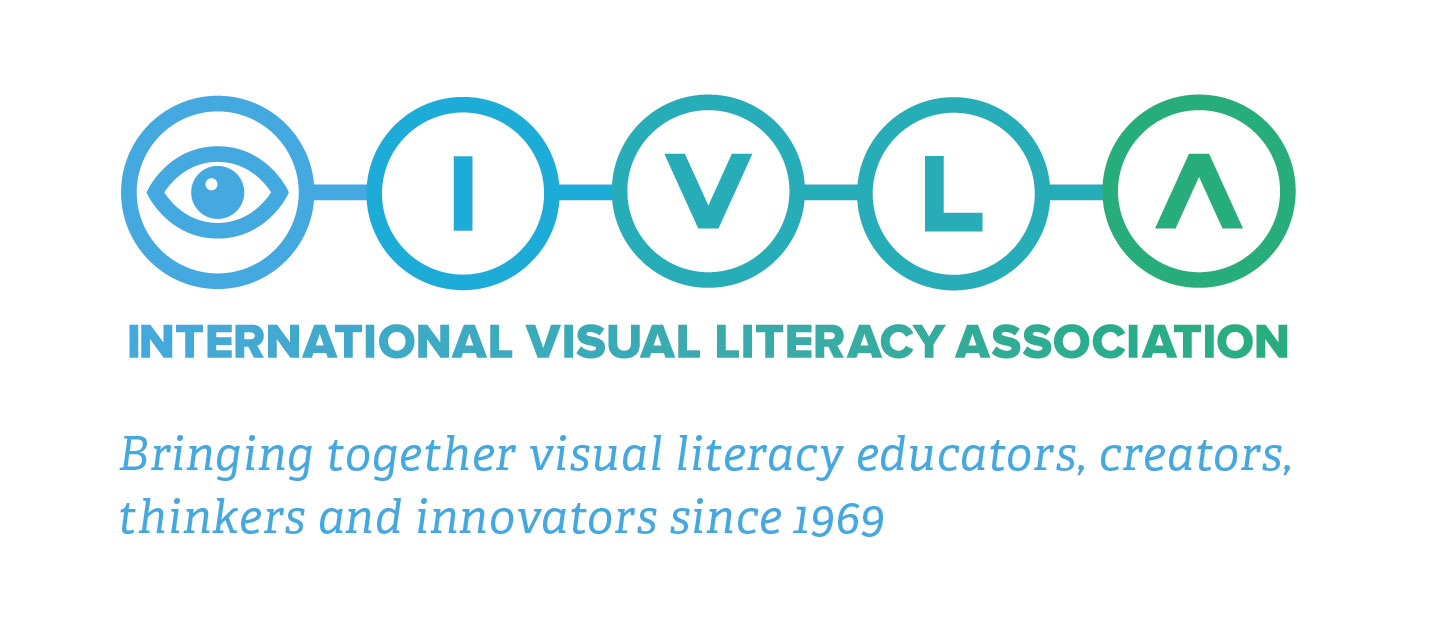 One of my primary purposes here is to suggest that the full history of the K-12 photo-education movement awaits its writing, and that it represents a legacy whose unearthing and reconstruction will benefit not just the field of photo education but also visual literacy and media literacy. For whatever their reasons, my colleagues in photo education evince little interest in supporting historianship even of post-secondary photo ed; the evolution of K-12 photo ed concerns them not at all. So I put this matter before you in the hope that those of you involved in scholarship of the visual literacy movement will at least consider the relation thereto of the K-12 photo-education movement, as part of a broader heritage.
One of my primary purposes here is to suggest that the full history of the K-12 photo-education movement awaits its writing, and that it represents a legacy whose unearthing and reconstruction will benefit not just the field of photo education but also visual literacy and media literacy. For whatever their reasons, my colleagues in photo education evince little interest in supporting historianship even of post-secondary photo ed; the evolution of K-12 photo ed concerns them not at all. So I put this matter before you in the hope that those of you involved in scholarship of the visual literacy movement will at least consider the relation thereto of the K-12 photo-education movement, as part of a broader heritage.
My second major purpose is to put before you my perception that somehow, despite the separate and combined successes of K-12 photo-education, visual literacy, and media literacy, the ability to attend closely and thoughtfully to photographic images, and to analyze and evaluate them critically, has yet to become a widespread skill among the populace at large. This does not bode well for the future of my own specific discipline, because serious criticism of photographs depends on that ability. Much more importantly, it worries me about my fellow citizens, bombarded as we all are with lens-based images but mostly unable to articulate their responses to that deluge.
Moholy-Nagy envisaged that problem back in 1932. I reiterated his caution in my 1971 manifesto. Another 40 years have passed, and not much — certainly not enough — has changed in the education system in regard to a pedagogy that encourages photography literacy. Perhaps those of you here today, and others you know, can ponder this and see what you can do to move that forward a bit.
•
Let me end what may have been an unintentionally depressing presentation on an upbeat note. Like many of you, I watched with great pleasure the 2004 film Born Into Brothels, about Zana Briski’s photo workshop for children in Calcutta. It deserved the Oscar it won for Best Documentary that year, and it brought the K-12 photo-education movement more attention, and more credibility, than it’s ever enjoyed before.
One of the stars of that film is a boy named Avijit Halder. At the end of the film he gets invited to participate in the prestigious young photographers’ workshop at the World Press Photo annual gala in Amsterdam, and, after tortuous negotiations within the terminally corrupt and incompetent Indian bureaucracy, Briski completes the necessary paperwork so he can go. He’s all of 11 years old, but he’s more than ready for the adventure. In one of the film’s closing scenes, we see him in a session with other workshop students, confidently critiquing their work. “I want him in my criticism seminar!” I told my wife.
Well, Avijit’s now a student filmmaker, enrolled in the Tisch School of the Arts at New York University — which, coincidentally, houses the undergraduate Department of Photography where I taught as critic-in-residence for many years. I’m no longer there, but I do still teach, and he’s still welcome in any class of mine. He’s got the makings of a critic, some of which had to come from working with Briski in the Kids with Cameras program. So the situation may be desperate, as someone once said, but not hopeless. I don’t object to teachers of K-12 photo-ed, visual literacy, and media literacy helping their students to find the creative photographers lurking within themselves. Just help them locate their inner photo critics at the same time.
Thank you.
•
(This is the complete text of a keynote address delivered on October 1, 2011 to the 43rd Annual Conference of the International Visual Literacy Association (IVLA), hosted by The Richard Stockton College of New Jersey and held at Seaview, in Galloway, New Jersey.)
•
[Postscript, July 3, 2019: Avijit Halder graduated from New York University and went on to work in Hollywood and New York as a freelance cinematographer/director. I would still welcome him to any seminar of mine.
As I recall, back in the early 1990s the redoubtable Susie E. Cohen undertook a history of the Society for Photographic Education, conducting extensive video interviews in relation to that at a conference in Rochester on the 1960s in photography. To the best of my knowledge, that effort never bore any fruit.
Toward the end of his life (he died in 2016), Nathan Lyons edited and published SPE: The Formative Years (Rochester: VSW/SPE, 2012; $20, ISBN: 978-0898221428), which brought together the documents of the conferences that led to the SPE’s formation. You’ll find my review of this book here at The Wayback Machine; the site for which I wrote it has now vanished.
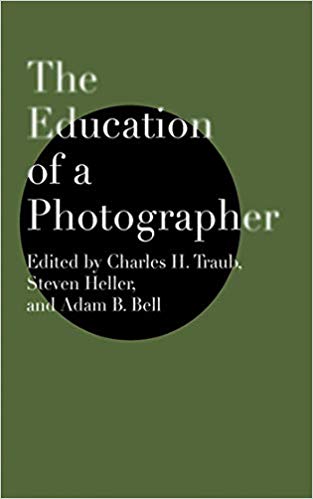 Lyons also contributed a relevant essay to the anthology The Education of a Photographer, edited by Charles H. Traub, Steven Heller and Adam B. Bell (Allworth Press, 2006). Dated 2005, and ambitiously titled “History of Photographic Education with an Emphasis on Its Development in the United States,” Lyons’s chronology runs from the first course in daguerrotypy offered in this country — by Samuel F. B. Morse, at New York University, in 1839 — through the establishment of the Visual Studies Workshop in Rochester, NY in 1969. (Though, peculiarly, Lyons appears to attribute VSW’s founding to Peter Schlessinger rather than to himself, doubtless the result of editorial carelessness.)
Lyons also contributed a relevant essay to the anthology The Education of a Photographer, edited by Charles H. Traub, Steven Heller and Adam B. Bell (Allworth Press, 2006). Dated 2005, and ambitiously titled “History of Photographic Education with an Emphasis on Its Development in the United States,” Lyons’s chronology runs from the first course in daguerrotypy offered in this country — by Samuel F. B. Morse, at New York University, in 1839 — through the establishment of the Visual Studies Workshop in Rochester, NY in 1969. (Though, peculiarly, Lyons appears to attribute VSW’s founding to Peter Schlessinger rather than to himself, doubtless the result of editorial carelessness.)
While its brevity allows Lyons to do little more than sketch an outline of this field’s evolution, this essay’s clarity and specifics make it a good starting point for anyone who wants to flesh out the narrative.
The same volume contains a brief 2005 essay by collector, curator, and auctioneer Daile Kaplan, “The Soul of the Image and Visual Literacy,” which reads as an unintended rewrite and update of my 1971 “Manifesto for Photography Education.” Kaplan considers the issue of visual literacy and mentions some of the then-current projects in K-12 photo education; predictably, she omits any reference to their predecessors.
Promisingly, the volume opens with a foreword by graphic designer and co-editor Steven Heller titled “Photo Literacy.” Alas, aside from asserting that “A designer should be photographically literate,” he does not explore this idea, nor even define the term. All of which, I suppose, proves my points. — A.D.C.]
•
Special offer: If you want me to either continue pursuing a particular subject or give you a break and (for one post) write on a topic — my choice — other than the current main story, make a donation of $50 via the PayPal widget below, indicating your preference in a note accompanying your donation. I’ll credit you as that new post’s sponsor, and link to a website of your choosing.
 Include a note with your snail-mail address (or email it to me separately) and I’ll include three (3!) copies of The Silent Strength of Liu Xia, the catalog of the 2012-13 touring exhibition of photos by the dissident Chinese photographer, artist, and poet, who, after eight years of extralegal house arrest in Beijing, finally got released and expatriated to Germany in 2018. The only publication of her photographic work, it includes all 26 images in the exhibition, plus another 14 from the same series, along with essays by Guy Sorman, Andrew Nathan, and Cui Weiping, professor at the Beijing Film Academy. Keep one for yourself, share the others with friends.
Include a note with your snail-mail address (or email it to me separately) and I’ll include three (3!) copies of The Silent Strength of Liu Xia, the catalog of the 2012-13 touring exhibition of photos by the dissident Chinese photographer, artist, and poet, who, after eight years of extralegal house arrest in Beijing, finally got released and expatriated to Germany in 2018. The only publication of her photographic work, it includes all 26 images in the exhibition, plus another 14 from the same series, along with essays by Guy Sorman, Andrew Nathan, and Cui Weiping, professor at the Beijing Film Academy. Keep one for yourself, share the others with friends.


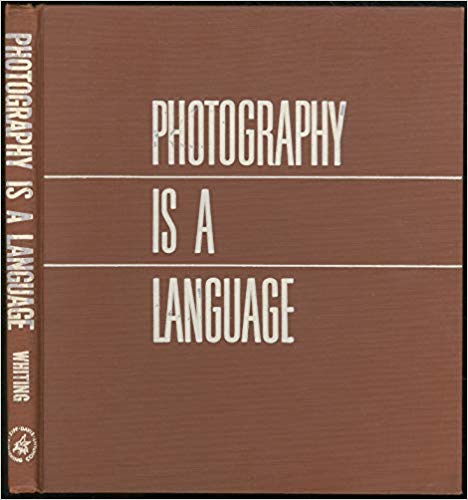
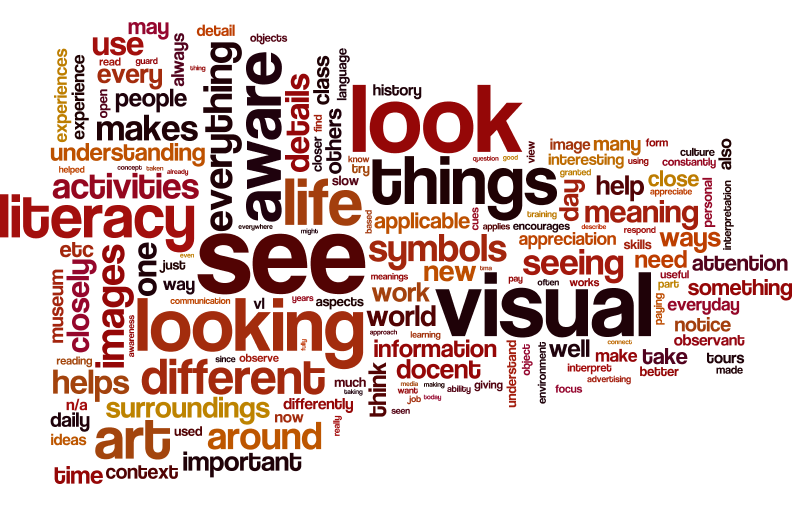
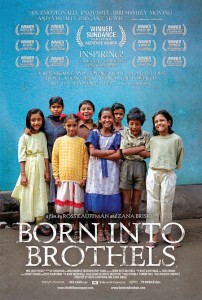




Thanks Allan for a great series of thoughtful reflections on the necessity of visual education.
I encourage readers to check out the Photo Education category at this blog, where a short stroll will turn up more of ADC’s work in the education field.
Besides A Manifesto for Photography Education (1971) there are:
Because It Feels So Good When I Stop (1974)
My Camera in the Olive Grove (1975)
Photo Ed: Awaiting the Millennium (1989)
On the Spiritual in Teaching (1997)
Just some of the classic and thought-provoking writings you’ll find there.
On a related topic, I recently came across the concept of the Outrage Industrial Complex by Arthur C. Brooks, of the American Enterprise Institute; and how “the media” (left and right) ferment outrage and divisiveness for political and financial gain here in 2019. Imagine that. From Rachel to Rush. CNN vs FOX. Hopefully more visual awareness will make us less the jerks we often are, and more alert to “really seeing” the many strings being pulled.
Thanks again for your good words about my work.
I believe that critical thinking is a transportable skill — meaning that as people learn to think critically about visual images generally and lens-derived images specifically, they will acquire an ability that they will surely apply to other aspects of our culture, to their benefit and everyone else’s.